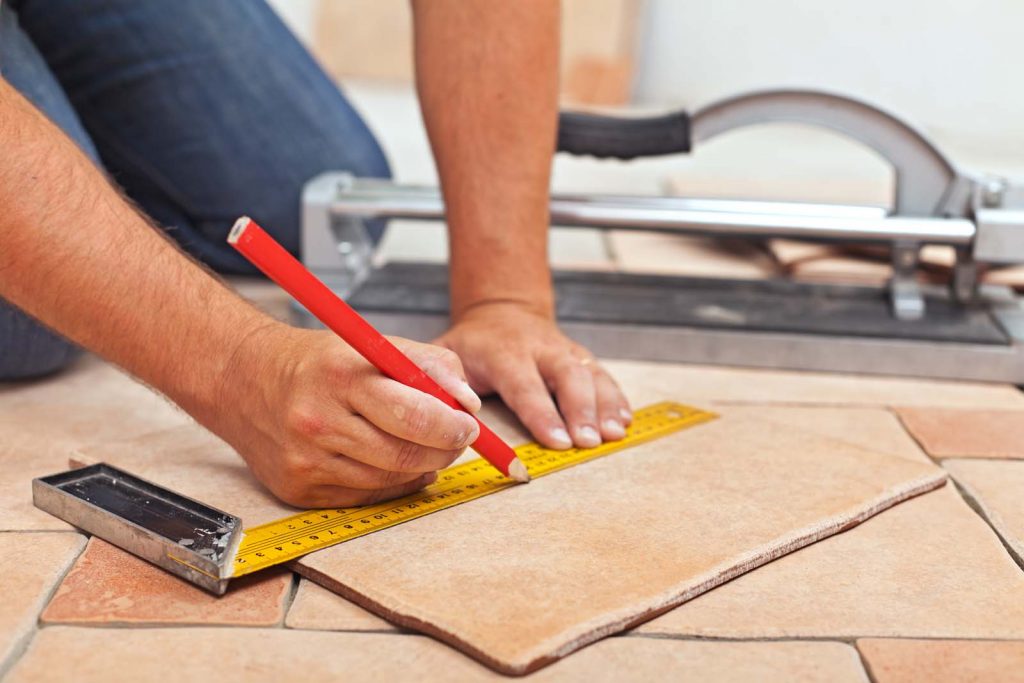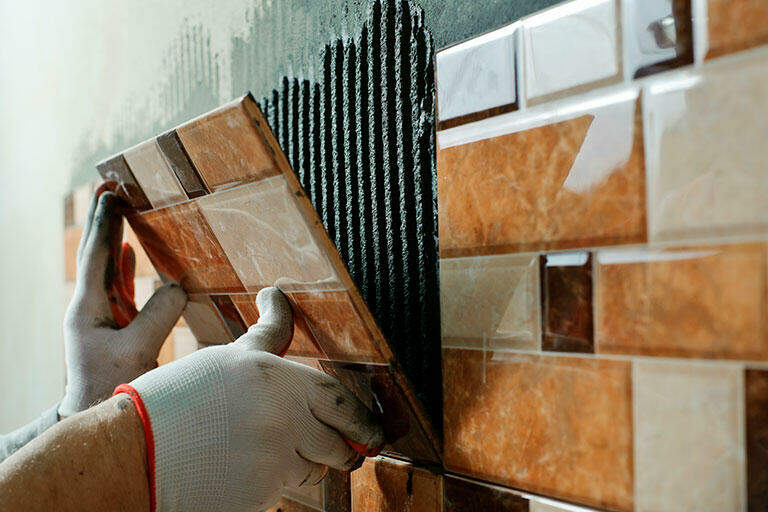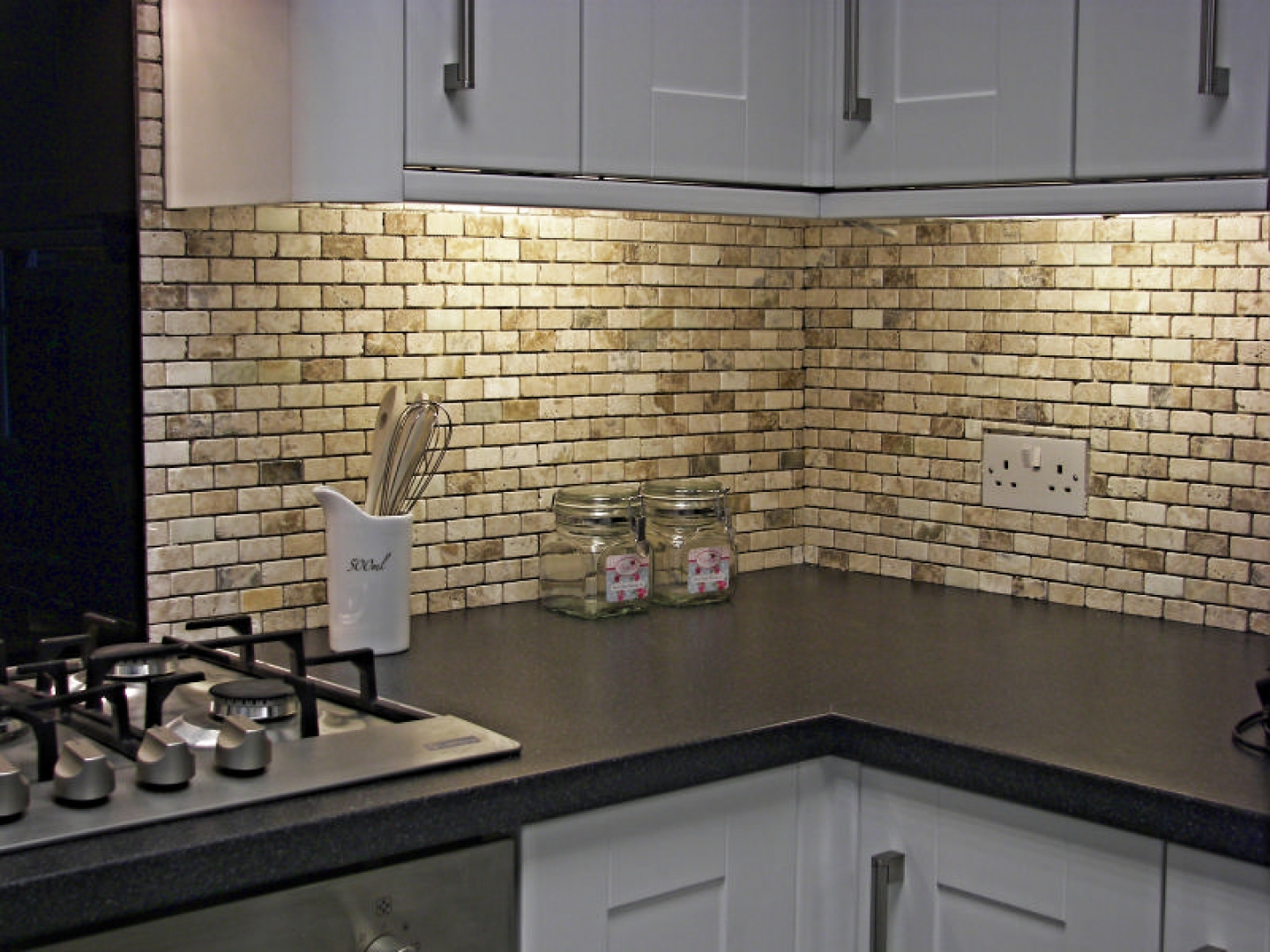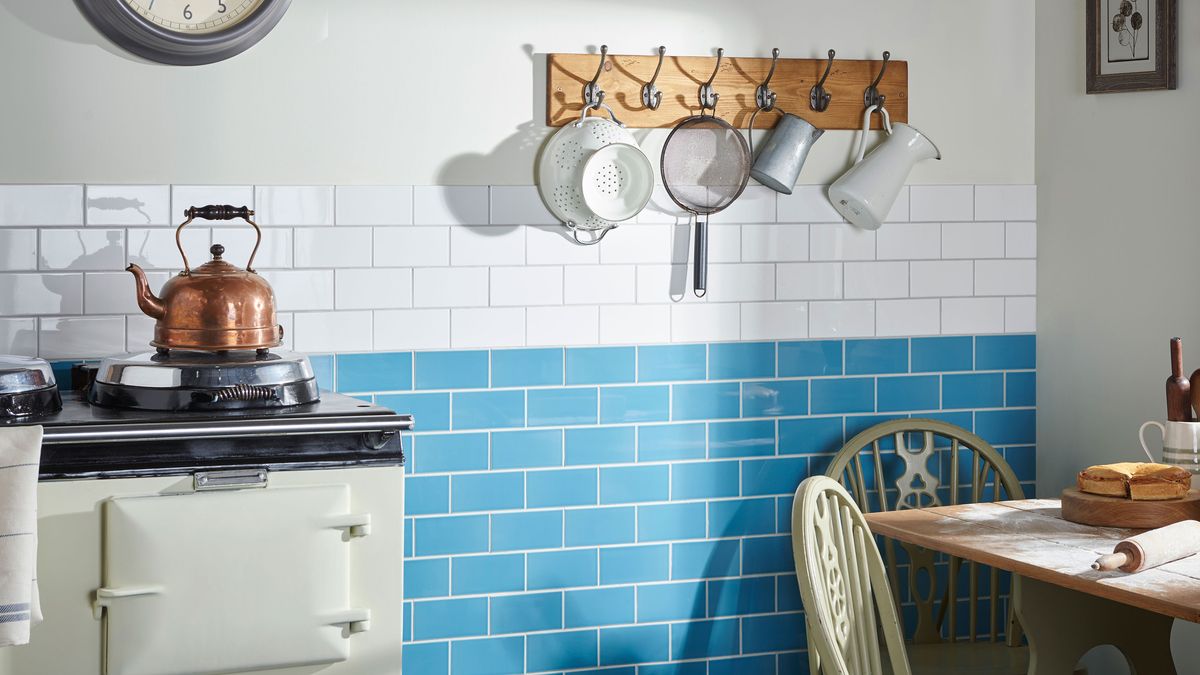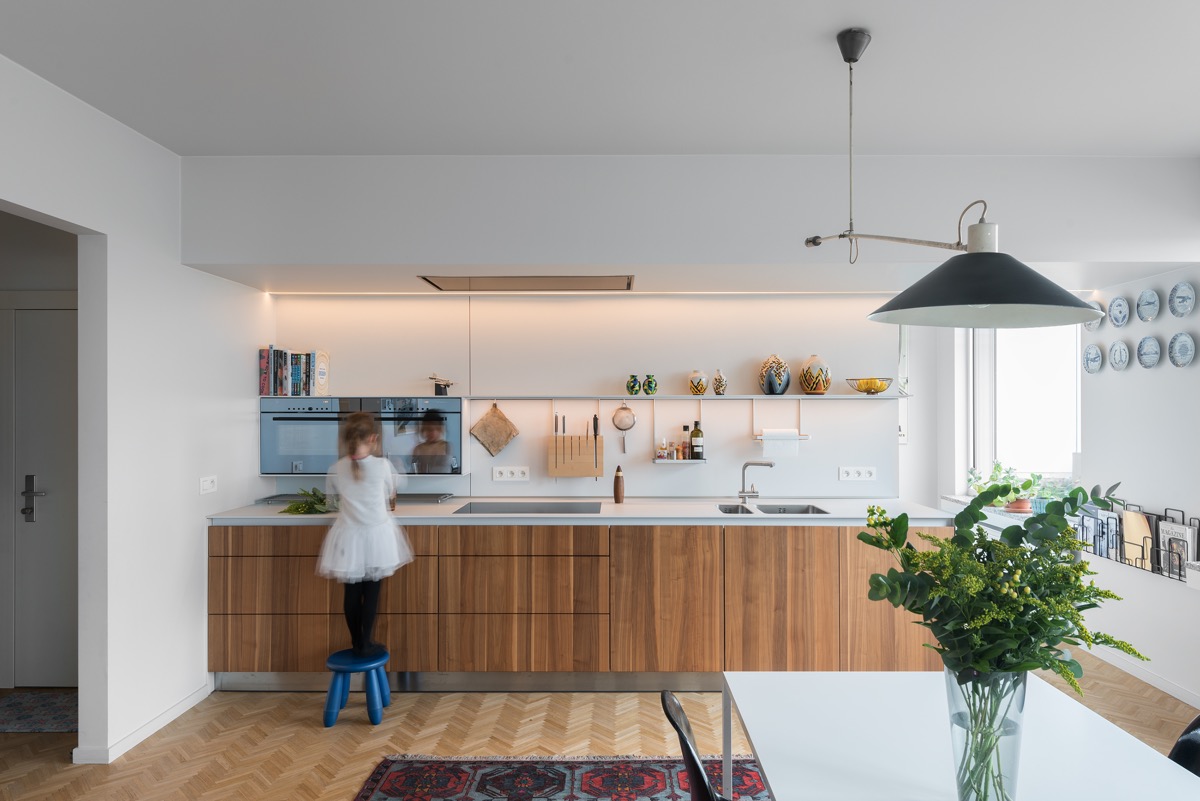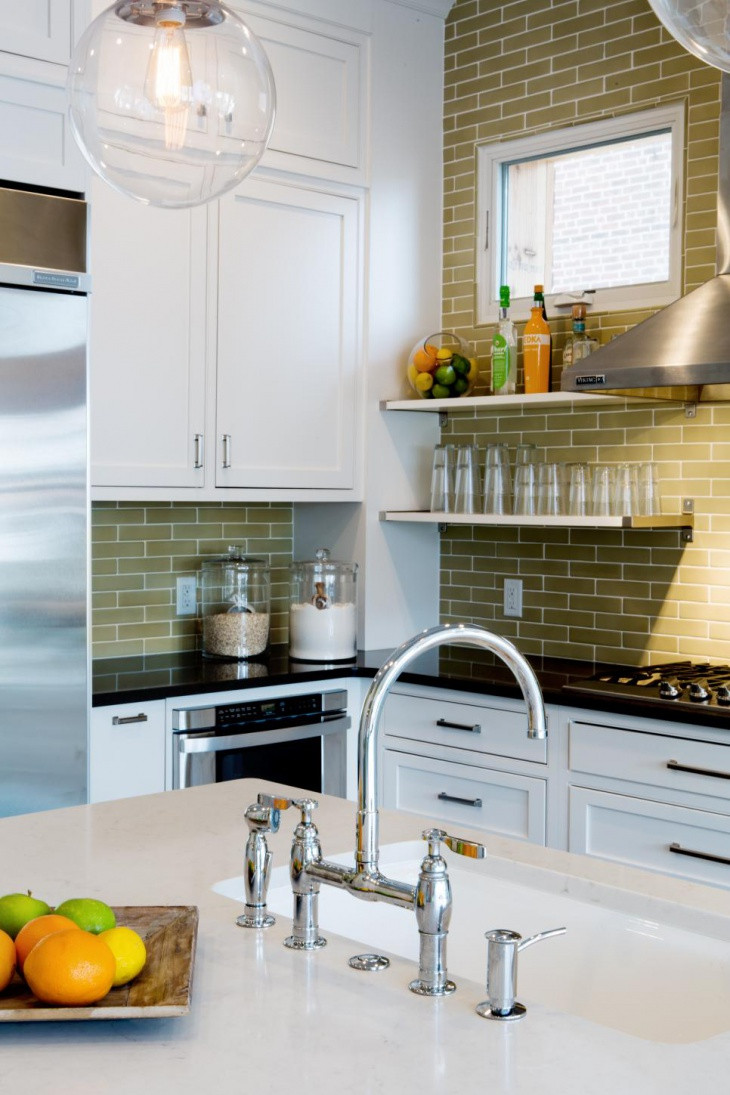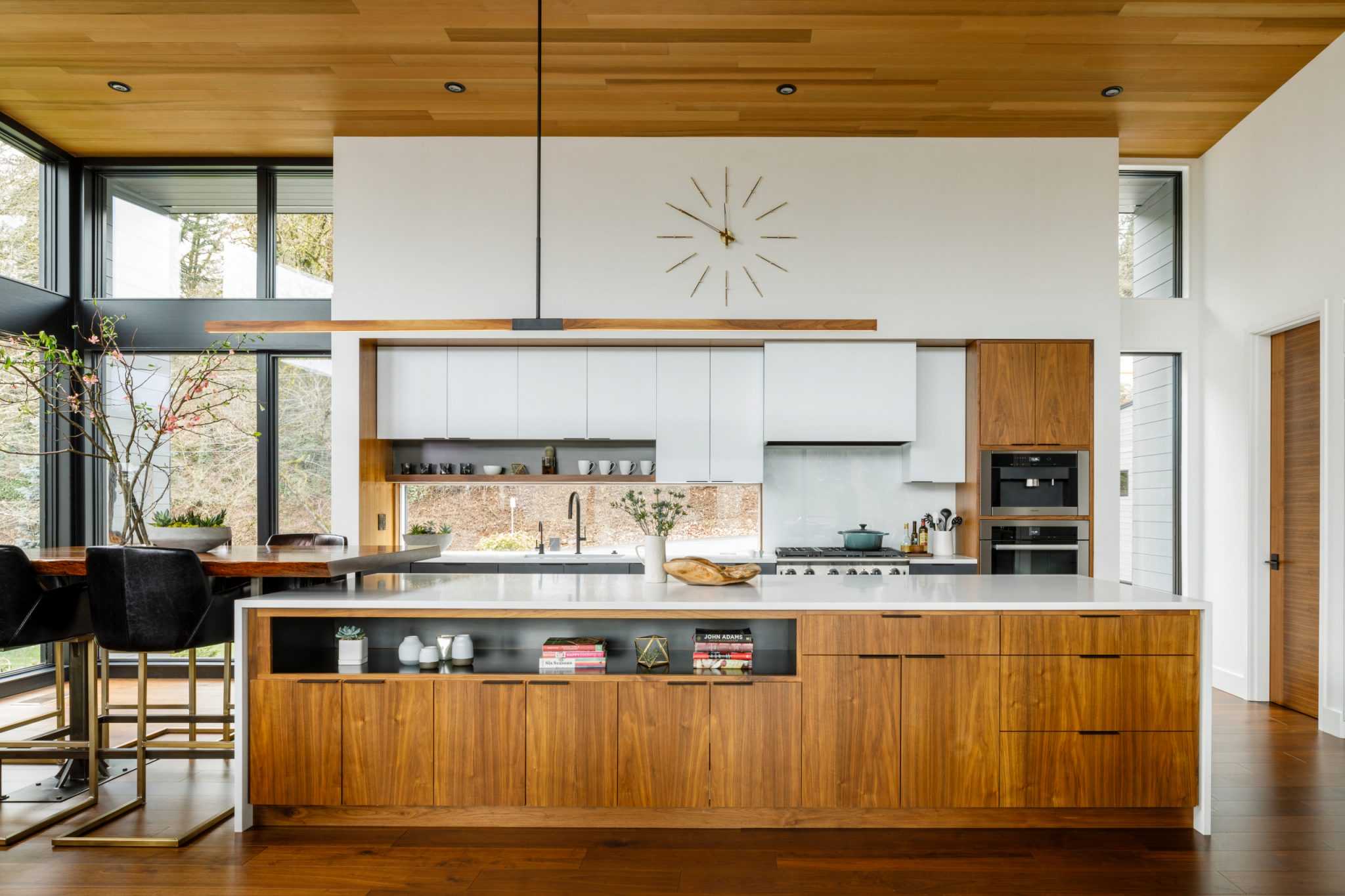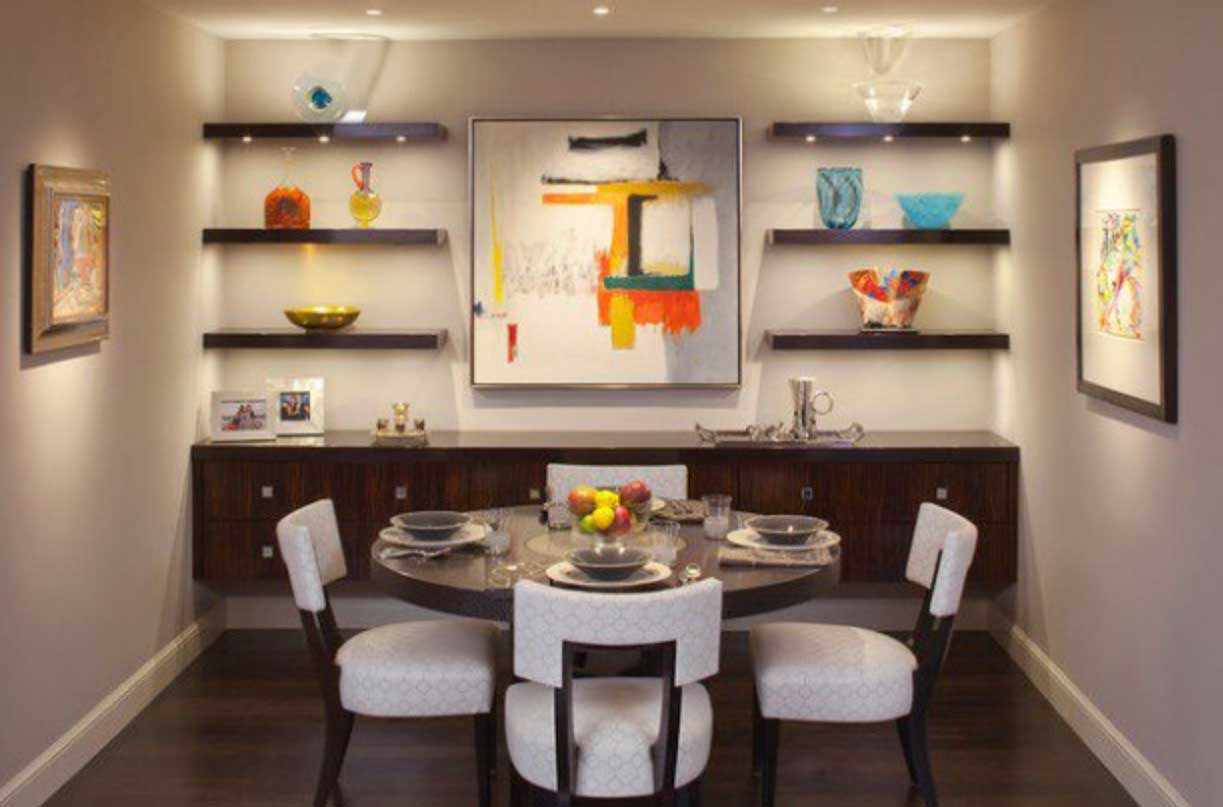1. Tiling a Kitchen Wall Design Idea: How to Choose the Right Tile
Choosing the right tile for your kitchen walls can be a daunting task. With so many options available, it can be overwhelming to decide which one will best suit your space. However, there are a few key factors to consider that will help you make the right choice.
Firstly, think about the overall style and color scheme of your kitchen. Are you going for a modern, sleek look or a more traditional, rustic feel? This will help determine the type of tile that will complement your design. Subway tiles are a popular choice for a classic and timeless look, while mosaic tiles can add a fun and playful element.
Next, consider the durability and maintenance of the tile. For a high-traffic area like a kitchen, porcelain or ceramic tiles are a great option as they are easy to clean and resistant to stains and scratches. However, if you want to add a touch of luxury to your space, marble or natural stone tiles can create a stunning and elegant look.
2. 10 Creative Kitchen Backsplash Ideas for Tiling Your Walls
The kitchen backsplash is not only a functional element to protect your walls from splatters and spills, but it can also be a statement piece in your kitchen design. Here are 10 creative ideas for tiling your kitchen walls:
Herringbone pattern: This classic pattern adds a touch of elegance and sophistication to any kitchen. It can be achieved with subway tiles or hexagon tiles for a modern twist.
Geometric shapes: For a bold and contemporary look, consider using triangular, diamond, or hexagon tiles in a variety of colors to create a unique pattern on your kitchen walls.
Arabesque tiles: These intricate and eye-catching tiles add a touch of exotic charm to any kitchen. They come in a variety of colors and can be arranged in a herringbone or chevron pattern for a modern twist.
Hand-painted tiles: If you want to add a personal touch to your kitchen, consider using hand-painted tiles. These one-of-a-kind pieces can be customized to match your color scheme and add a unique flair to your space.
Metallic tiles: For a touch of glamour, consider using metallic tiles in gold, silver, or copper tones. They can be used as an accent or cover the entire backsplash for a bold statement.
Moroccan tiles: These colorful and intricate tiles add a touch of bohemian charm to any kitchen. They come in a variety of patterns and can be used to create a stunning feature wall.
Brick tiles: For a rustic and industrial look, consider using brick tiles for your kitchen backsplash. They add texture and character to the space and can be arranged in a variety of patterns.
Subway tiles with dark grout: Adding contrast with dark grout can give subway tiles a modern and edgy look. This is a great option for those who want a simple yet impactful design.
Wood-look tiles: If you want to add warmth and texture to your kitchen, consider using wood-look tiles for your backsplash. They are easy to clean and maintain, unlike real wood.
Glass tiles: For a sleek and modern look, consider using glass tiles in a variety of colors. They reflect light and add a sense of brightness to the space.
3. Tiling a Kitchen Wall: Tips and Tricks for a Professional Finish
Tiling a kitchen wall may seem like a daunting task, but with the right tools and techniques, you can achieve a professional finish. Here are some tips and tricks to keep in mind:
Prepare the surface: Before starting, make sure the wall is clean, dry, and free of any debris. If there are any cracks or holes, fill them in with spackling compound and sand down the surface for a smooth finish.
Measure accurately: It's important to measure your wall and tiles accurately to avoid any mistakes. Use a level to ensure your tiles are straight and a spacer to maintain even gaps between each tile.
Start from the center: It's recommended to start tiling from the center of the wall and work your way outwards. This will ensure that your tiles are evenly distributed and any cuts that need to be made are on the outer edges of the wall.
Use the right adhesive: Make sure to use the correct adhesive for the type of tile you are using. Thin-set mortar is generally recommended for most types of tile, but mastic adhesive can be used for smaller, lighter tiles.
Seal the grout: Once the tiles are in place, make sure to seal the grout to prevent any staining or discoloration. This will also make it easier to clean and maintain in the future.
4. 15 Stunning Kitchen Wall Tile Ideas for Your Home
When it comes to tiling your kitchen walls, the design possibilities are endless. Here are 15 stunning ideas to inspire your next renovation:
Monochromatic color scheme: Stick to shades of one color for a clean and modern look. This can be achieved with white, grey, or black tiles in a variety of shapes and patterns.
Pastel tones: Soft, pastel-colored tiles can add a touch of whimsy and charm to your kitchen. Consider using pink, blue, or mint green tiles for a subtle pop of color.
Contrasting grout: As mentioned before, using a dark grout with light-colored tiles can add contrast and create a modern and edgy look.
Terracotta tiles: These warm and earthy tiles add a rustic and Mediterranean feel to any kitchen. They pair well with wooden accents and natural materials.
Subway tiles with colored grout: For a fun and playful twist on the classic subway tile, consider using colored grout in shades like blue, green, or yellow.
Glossy finish: High-gloss tiles can add a touch of luxury and sophistication to your kitchen. They reflect light and create a sense of brightness in the space.
Textured tiles: Adding texture to your kitchen walls can create a sense of depth and interest. Consider using wavy, 3D, or embossed tiles for a unique and eye-catching look.
Contrasting patterns: Mixing and matching different patterns and shapes can create a bold and eclectic look. Just make sure to stick to a cohesive color scheme to avoid a chaotic design.
Moroccan-inspired tiles: These colorful and intricate tiles can add a touch of bohemian charm to any kitchen. They come in a variety of patterns and can be used to create a stunning feature wall.
Large format tiles: Opting for larger tiles can create a seamless and modern look in your kitchen. They also require less grout, making them easier to clean and maintain.
Mix of materials: Combining different materials such as glass, metal, and stone can add texture and interest to your kitchen walls. Just make sure to stick to a cohesive color scheme to avoid a cluttered look.
Black and white: This classic color combination never goes out of style. Consider using black and white tiles in a geometric pattern for a modern and sophisticated look.
Colorful mosaic: For a fun and vibrant addition to your kitchen, consider using mosaic tiles in a variety of colors. They can be arranged in a pattern or randomly for a playful look.
Marble backsplash: If you want to add a touch of luxury to your kitchen, consider using marble tiles for your backsplash. They come in a variety of colors and patterns and can add an elegant and timeless touch to any space.
Patterned tiles: Adding a pattern to your kitchen walls can add interest and personality to the space. Consider using floral, geometric, or Moroccan-inspired patterns for a unique and eye-catching design.
5. Tiling a Kitchen Wall: Step-by-Step Guide for Beginners
If you're new to tiling, don't worry, it's not as difficult as it may seem. Here is a step-by-step guide to help you tile your kitchen walls like a pro:
Step 1: Prepare the surface: As mentioned before, make sure your wall is clean, dry, and free of any debris. If needed, use a level to mark a straight line for your first row of tiles.
Step 2: Mix the adhesive: Follow the instructions on the adhesive package to mix it to the proper consistency.
Step 3: Apply the adhesive: Use a notched trowel to spread the adhesive on the wall in a thin layer. Make sure to work in small sections to prevent the adhesive from drying out.
Step 4: Place the tiles: Press each tile firmly onto the adhesive, making sure to use spacers to maintain even gaps between each tile. Use a level to ensure they are straight.
Step 5: Cut tiles: Use a wet saw or tile cutter to cut tiles to fit around edges, outlets, and corners.
Step 6: Let it dry: Allow the tiles to dry for at least 24 hours before moving on to grouting.
Step 7: Mix the grout: Follow the instructions on the grout package to mix it to the proper consistency.
Step 8: Apply the grout: Use a rubber grout float to push the grout into the gaps between the tiles at a 45-degree angle. Use a damp sponge to wipe away any excess grout and smooth out the surface.
Step 9: Let it dry: Allow the grout to dry for 10-15 minutes, then use a damp sponge to gently wipe away any haze on the tiles.
Step 10: Seal the grout: Once the grout is completely dry, use a grout sealer to protect it from staining and discoloration.
6. Kitchen Wall Tile Designs: Inspiration for Your Next Renovation
If you're planning to renovate your kitchen and are looking for some design inspiration, look no further. Here are some beautiful kitchen wall tile designs to inspire your next project:
Modern and sleek: For a clean and contemporary look, opt for white subway tiles with dark grout. Pair it with black cabinetry and marble countertops for a stunning contrast.
Tiling a Kitchen Wall Design Idea: A Modern and Functional Option

The Importance of a Well-Designed Kitchen
 A well-designed kitchen is essential for any modern home. It is not just a place to cook and prepare meals, but it also serves as a central gathering space for family and friends. Therefore, it is crucial to create a kitchen that is not only functional but also aesthetically pleasing. One of the key elements in achieving this is through the design of the kitchen walls. While there are many options available,
tiling a kitchen wall
has become a popular and practical choice for many homeowners.
A well-designed kitchen is essential for any modern home. It is not just a place to cook and prepare meals, but it also serves as a central gathering space for family and friends. Therefore, it is crucial to create a kitchen that is not only functional but also aesthetically pleasing. One of the key elements in achieving this is through the design of the kitchen walls. While there are many options available,
tiling a kitchen wall
has become a popular and practical choice for many homeowners.
The Advantages of Tiling a Kitchen Wall
 When it comes to kitchen wall design, tiling offers a myriad of benefits. First and foremost, it is a durable and long-lasting option. Tiles are resistant to heat, moisture, and stains, making them perfect for the kitchen environment. Additionally, they are easy to clean and maintain, making them a practical choice for busy households. Moreover,
tiles
come in a variety of colors, patterns, and designs, allowing for endless possibilities in creating a unique and personalized look for your kitchen.
When it comes to kitchen wall design, tiling offers a myriad of benefits. First and foremost, it is a durable and long-lasting option. Tiles are resistant to heat, moisture, and stains, making them perfect for the kitchen environment. Additionally, they are easy to clean and maintain, making them a practical choice for busy households. Moreover,
tiles
come in a variety of colors, patterns, and designs, allowing for endless possibilities in creating a unique and personalized look for your kitchen.
Introducing a Modern and Functional Design Idea
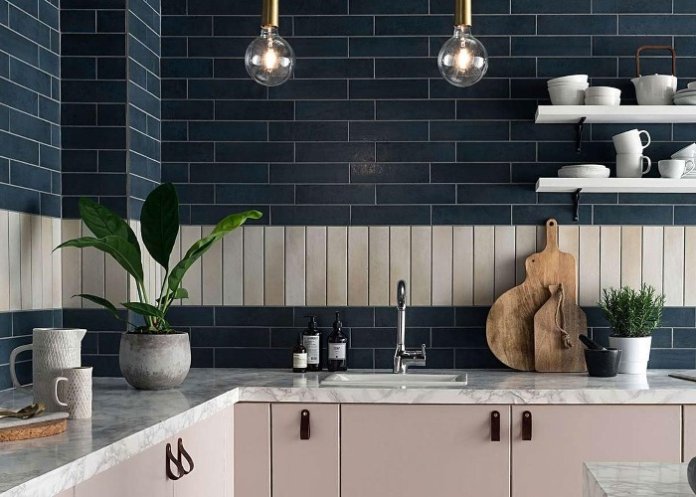 If you are looking to update your kitchen's design,
tiling the kitchen walls
is a modern and functional option. One design idea that has gained popularity is creating a
feature wall
with tiles. This involves tiling one wall or a section of a wall with a bold and eye-catching design, while keeping the remaining walls neutral. This not only adds visual interest to the space but also creates a focal point in the kitchen. Furthermore, it is a cost-effective way to elevate the overall look of your kitchen without having to tile the entire room.
If you are looking to update your kitchen's design,
tiling the kitchen walls
is a modern and functional option. One design idea that has gained popularity is creating a
feature wall
with tiles. This involves tiling one wall or a section of a wall with a bold and eye-catching design, while keeping the remaining walls neutral. This not only adds visual interest to the space but also creates a focal point in the kitchen. Furthermore, it is a cost-effective way to elevate the overall look of your kitchen without having to tile the entire room.
How to Achieve a Stunning Tiled Feature Wall
 To create a stunning tiled feature wall,
choose tiles
that complement the overall design and color scheme of your kitchen. Consider using geometric shapes, bold colors, or textured tiles to add visual interest. It is also essential to properly prep the wall before tiling to ensure a smooth and even surface. Finally, hiring a professional tiler is recommended for a flawless and long-lasting finish.
In conclusion,
tiling a kitchen wall
is a modern and functional option for creating a well-designed kitchen. It offers durability, easy maintenance, and endless design possibilities. Consider incorporating a feature wall with tiles to add a unique and personalized touch to your kitchen. With proper planning and execution, you can achieve a stunning and functional kitchen that will be the envy of all your guests.
To create a stunning tiled feature wall,
choose tiles
that complement the overall design and color scheme of your kitchen. Consider using geometric shapes, bold colors, or textured tiles to add visual interest. It is also essential to properly prep the wall before tiling to ensure a smooth and even surface. Finally, hiring a professional tiler is recommended for a flawless and long-lasting finish.
In conclusion,
tiling a kitchen wall
is a modern and functional option for creating a well-designed kitchen. It offers durability, easy maintenance, and endless design possibilities. Consider incorporating a feature wall with tiles to add a unique and personalized touch to your kitchen. With proper planning and execution, you can achieve a stunning and functional kitchen that will be the envy of all your guests.
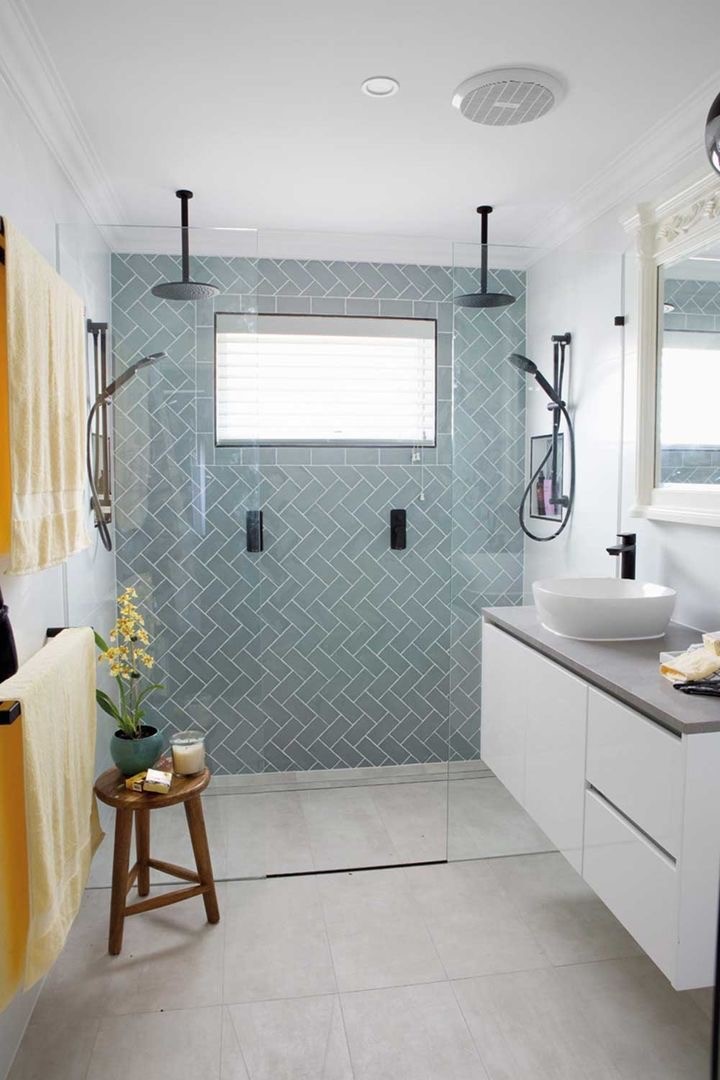


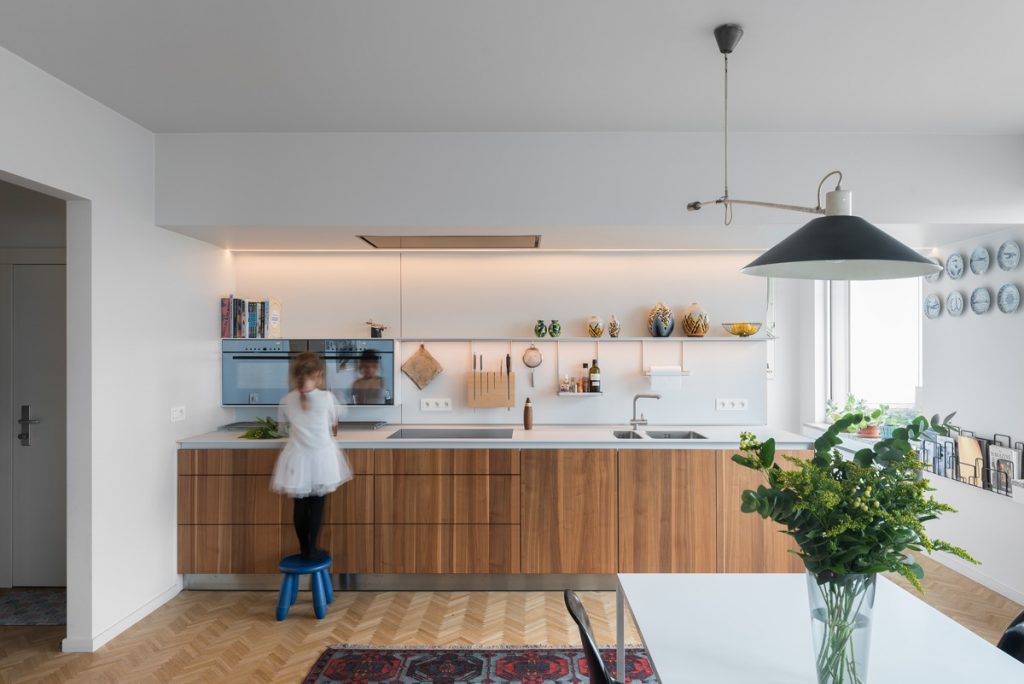


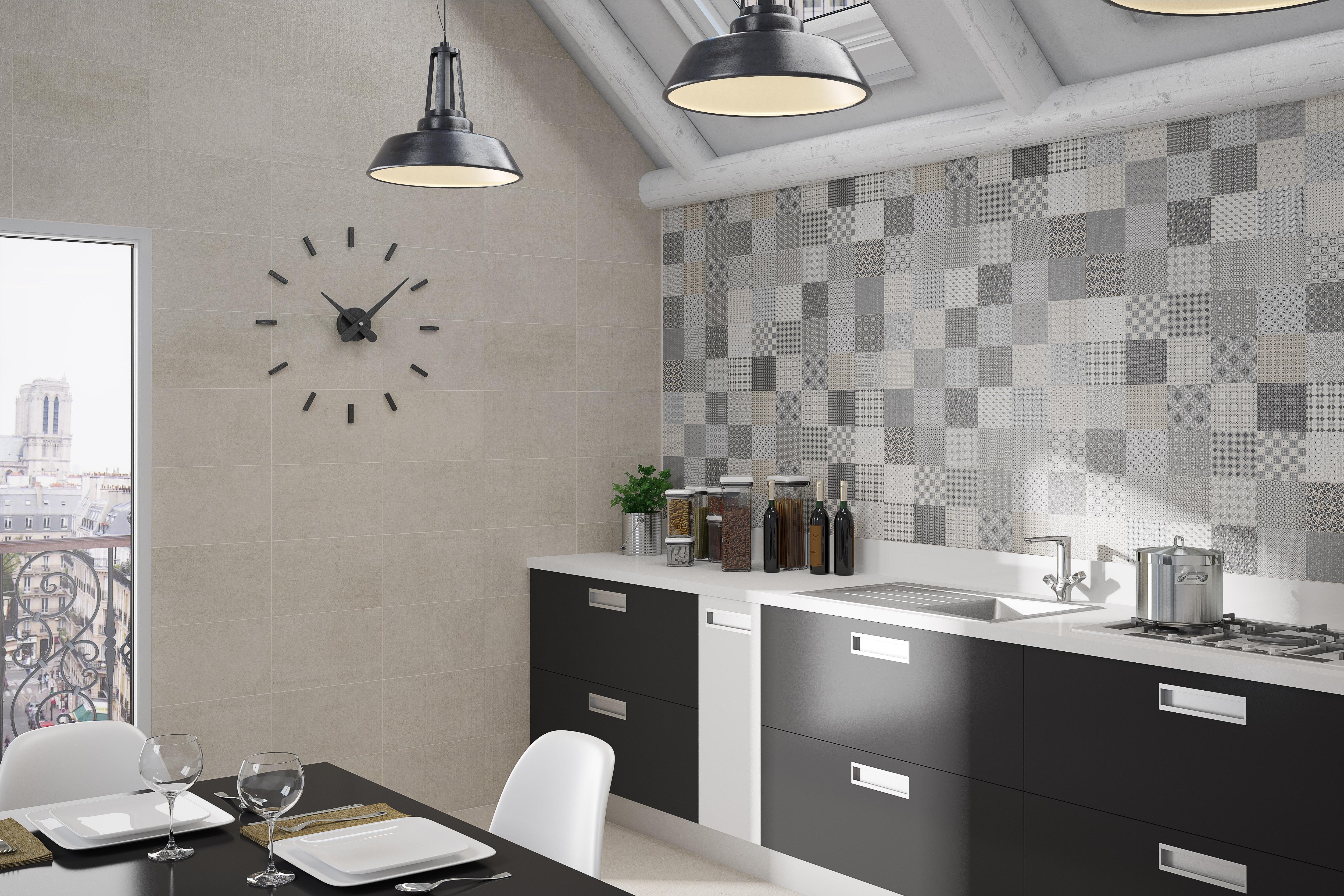
:max_bytes(150000):strip_icc()/ModernScandinaviankitchen-GettyImages-1131001476-d0b2fe0d39b84358a4fab4d7a136bd84.jpg)





:max_bytes(150000):strip_icc()/Slab-backsplash-credit-Madeline-Harper--3f2a53a02fdc484ba34b885c07b55b5e.jpg)
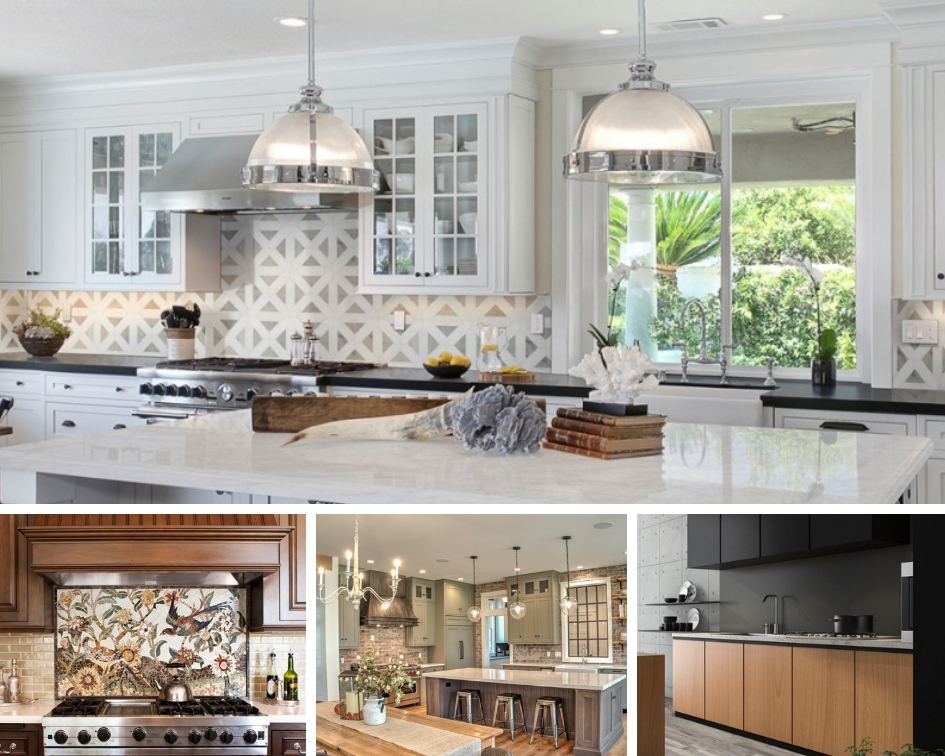

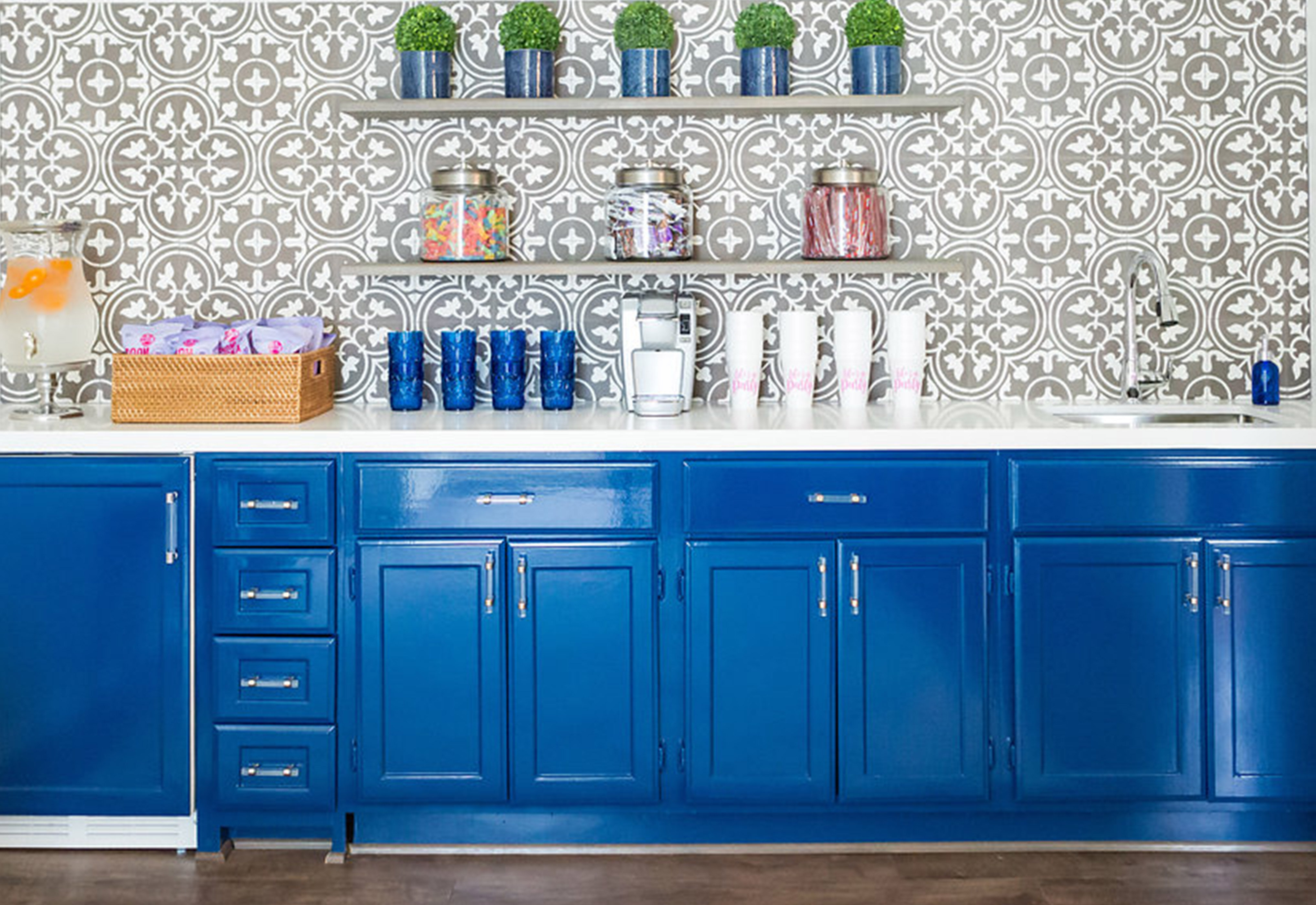
:strip_icc()/kitchen-backsplash-ideas-24-pure-salt-south-county-5109f566972e41cfaff742d45a2e22a0.jpeg)
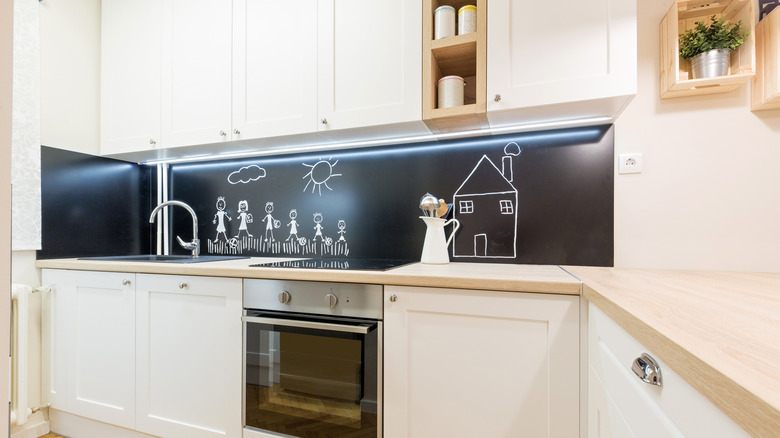

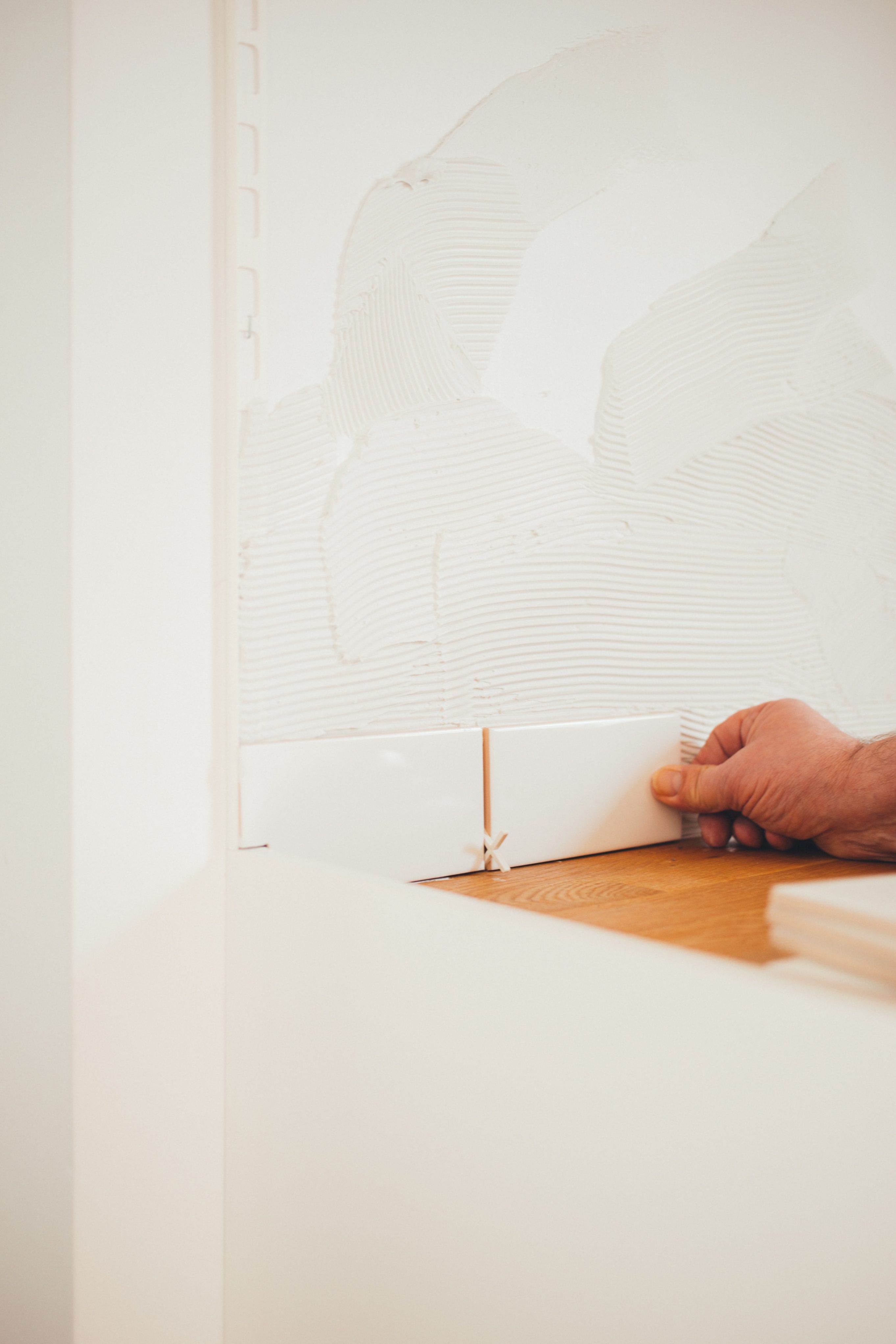


:max_bytes(150000):strip_icc()/how-to-install-ceramic-wall-tile-1824817-10-473071b2fef94af381ad02bc4c1ba8a8.jpg)

